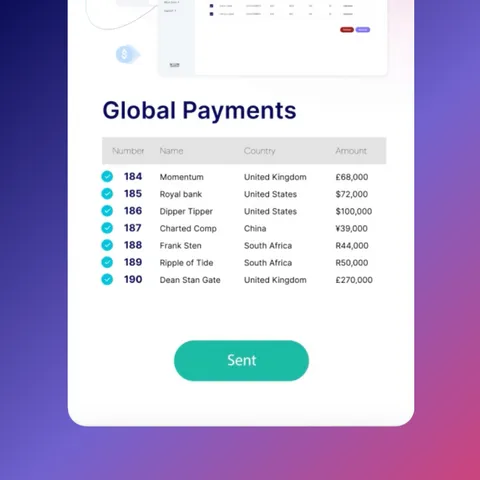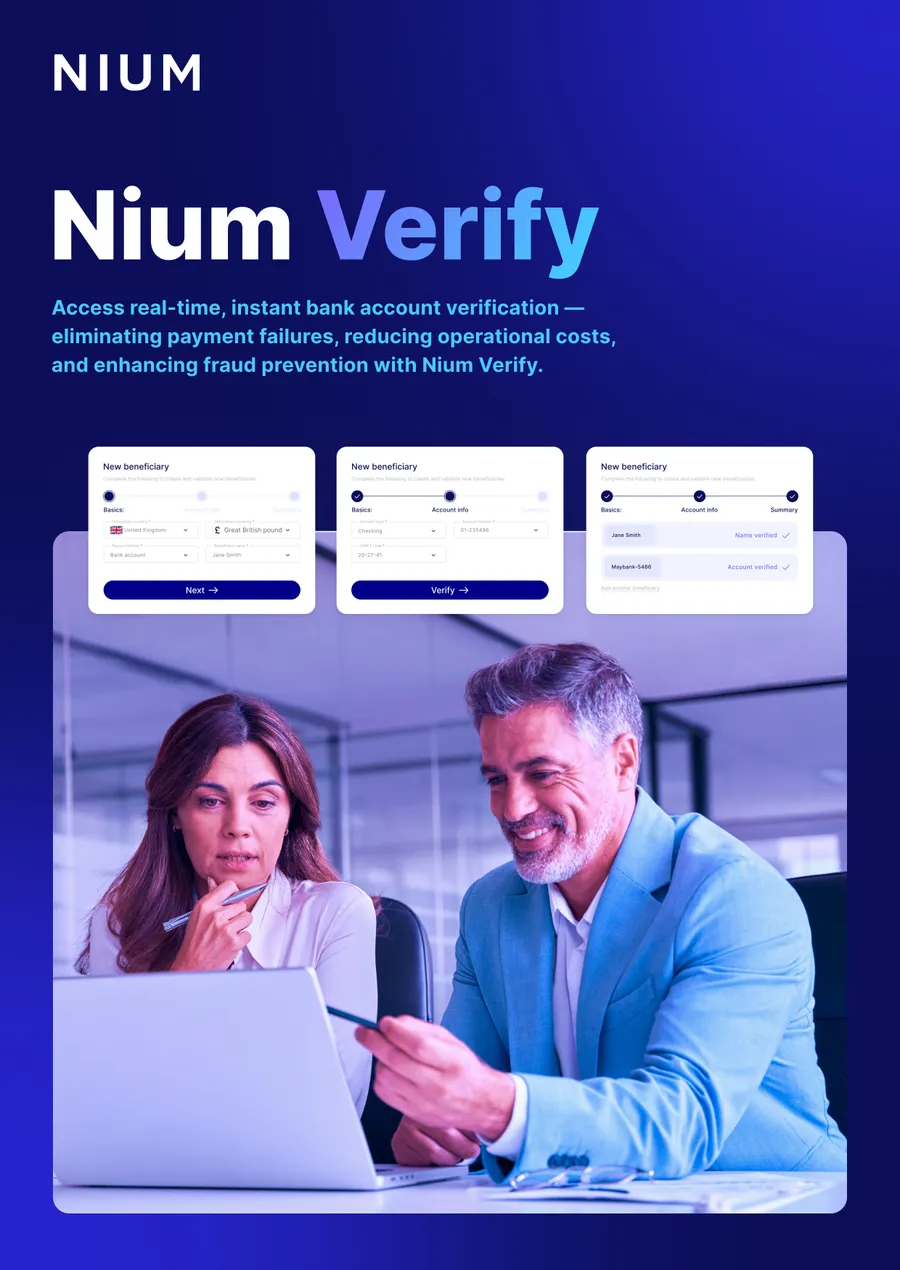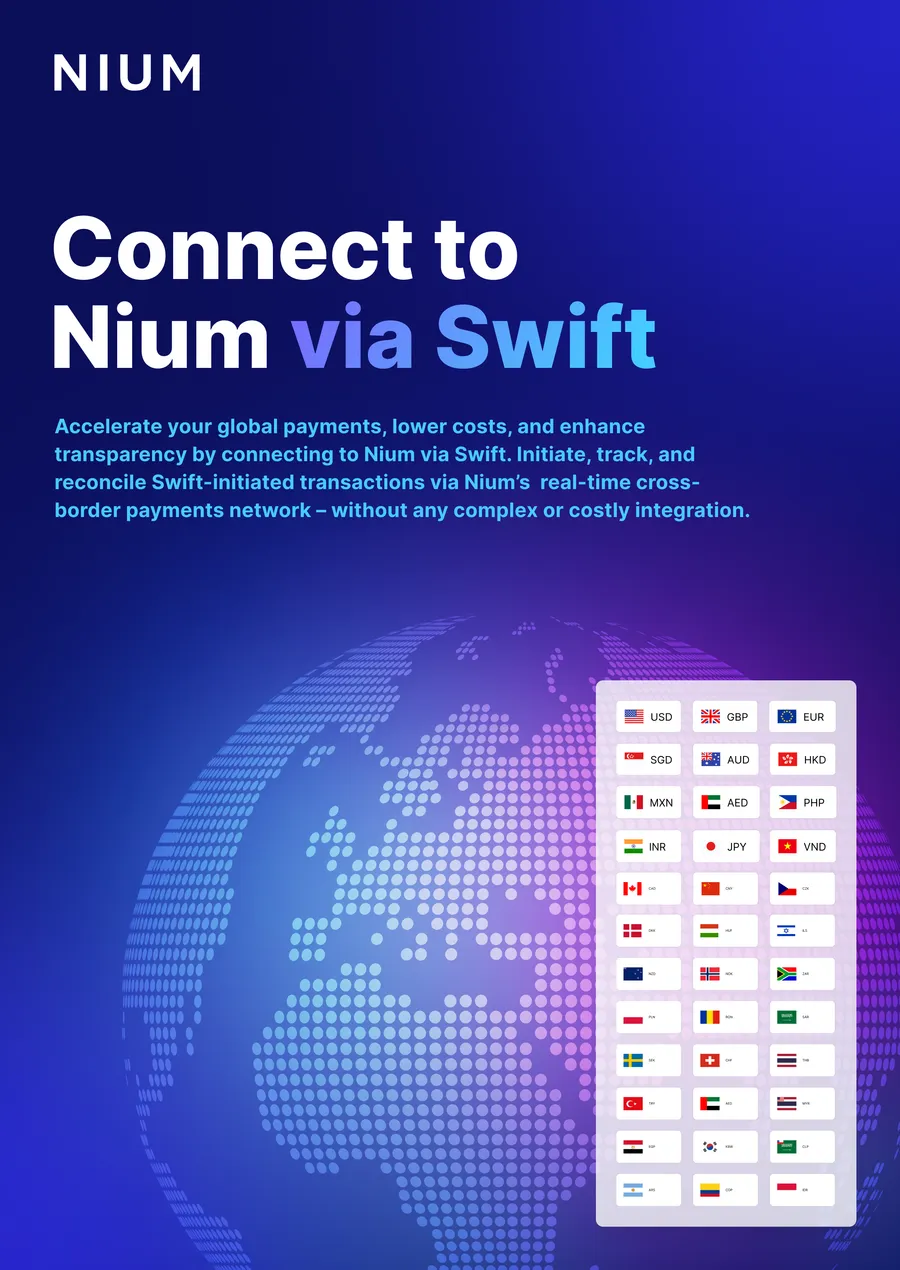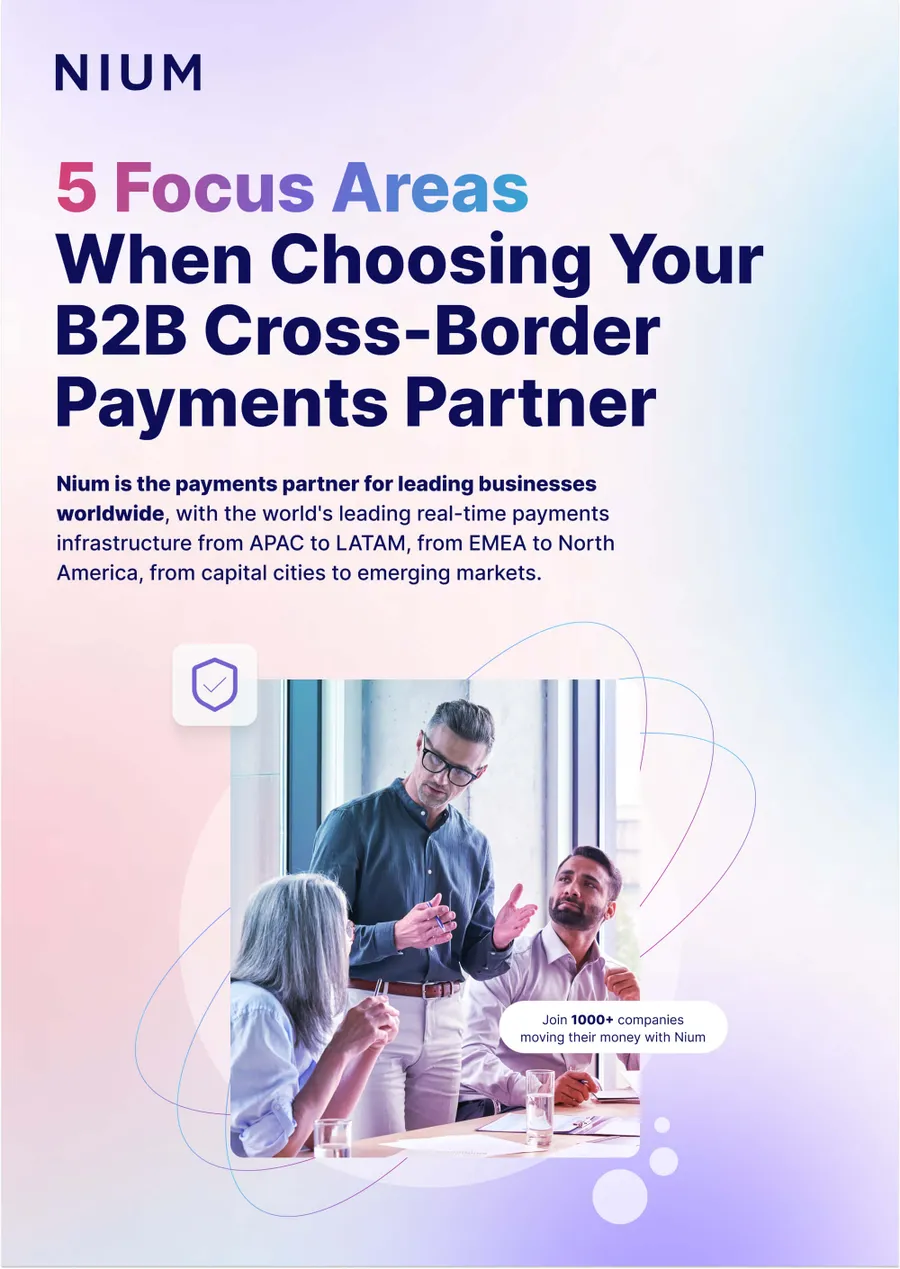The growth of online payments and digital commerce has led to the widespread adoption of virtual cards, a trend accelerated by COVID-19 and the increase in card-not-present payments.
As a convenient and secure form of digital payment, virtual cards have much to offer both private users and businesses, and research suggests that total virtual card transaction value may reach nearly $7 trillion by 2026. The travel industry has taken notice, and online travel agents (OTAs) are increasingly turning to virtual cards to optimise payment processing.
Explore virtual card use cases for travel, marketplaces, and T&E when you Meet Nium at Money20/20.
So, what are virtual cards and what makes them such a compelling travel payment solution?
A card with a digital difference
Although the technology that enables virtual cards first emerged in the 1990s, primarily focusing on consumers, it’s only recently that digital transformation has opened the market for wider business use in travel, freight and other industries with complex supply chains.
Virtual cards are similar to physical payment cards except they exist only digitally and can’t be used to withdraw cash. Apart from that, they provide the same payment services as credit and debit cards, have expiry dates and 16-digit numbers and CVV codes like physical cards, and connect to the same payment networks such as Mastercard and Visa. They are also usually accepted anywhere that takes physical cards.
How do virtual cards work?
Virtual cards are created for one-time use or limited ongoing purchases, and in both cases the credit card data remains highly secure – which is one of the key benefits. While a virtual card is linked to your physical card account, it has a different number which is randomly generated and temporary.
In most cases, virtual card numbers are generated for specific purchases with prespecified amounts and frequency of use. However, you can generate virtual numbers to facilitate several transactions before the card is turned off. You can also assign a virtual number exclusively to one supplier and then turn it on and off when you complete a purchase.
Advancement in technology, evolution in fintech, and the growing use of APIs, is leading to wide used of virtual cards for businesses as they are becoming easy to obtain and set up. Once your payment service provider has installed the card software on your system, you can generate as many random numbers as you need, set uses and spending limits, choose the currency, and apply all the controls and features that your business needs. Let’s explore the features and benefits in more detail, and see why virtual cards are such an advantage for payment processing in the travel industry.
- Enhanced security. Data breaches are a growing problem due to the rise in online transactions, and fraudsters have wasted no time in exploiting the vulnerabilities of physical cards. For example, in August 2021, cybercriminals leaked one million stolen credit card details on the dark web. Because virtual cards have randomly generated and disposable card numbers, they are one of the safest payment options for any business. Since there is no physical element, and everything is temporary, information can’t be stolen, lost, or otherwise compromised in the way physical cards can.
- Comprehensive control and customisation. With one payment and one number, you control every transaction, and you can set the parameters for each transaction. Amount limit, merchant details, payment time, and payment currency can all be tailored as per needs.
- Better accountability. Because you can assign virtual cards to specific suppliers, purchases made against the card are automatically linked to the payee. And because payment will be initiated only by authorised staff/users, it’s easy to reconcile every transaction. Providing transparency from start to finish and gain a better understanding of business thanks to a richer and clearer information flow.
- Better speed and convenience. Easy to create and use, virtual cards are a highly digitized payment solution that combines versatility with security. You can call up a virtual card whenever you need it and assign it to the appropriate person.
Virtual cards make payments simple for OTAs
The benefits listed above are useful for any business, and particularly helpful for OTAs. Because virtual cards offer:
- Secure global transactions. Enhanced security provided by virtual cards is a huge advantage when dealing with large volumes and types of international payments.
- Improved profit margins. In an industry that is well known for thin profit margins, virtual cards can help the bottom line by streamlining payments and improving cashflow. Helping OTAs avoid manual reconciliation thereby saving time. And less time spent on handling/reconciling payments is time that can be better spent on activities that can boost profits.
- Better visibility, flexibility, control. Virtual cards offer better visibility into payments, and ability to customise payment details. This means that travel agents are in charge of all their transactions and business relationships. This is important in such a complex and fast-moving industry, where flight alterations, changing travel itinerary (eg, hotels and car rentals), returns and re-bookings are all standard features.
- Efficient management of cross-border business. By its nature, travel is an international business. With a virtual card, OTAs can hold funds in their suppliers’ currencies and manage foreign exchange and transaction fees.
Fasten your virtual cards readiness with the right payments partner
Banks may seem the obvious choice for virtual cards but there are now many better options to consider, and you’re likely to receive far better service with a technology-powered payment specialist. For the travel industry, virtual cards avoid the security weaknesses and limitations of other payment methods. Nium can optimise your payments and introduce virtual cards to your travel business. If you want to reduce fraud, lower processing fees, improve accountability, and streamline end-to-end payments, find out how Nium can help with your payments strategy.







.png@webp)






